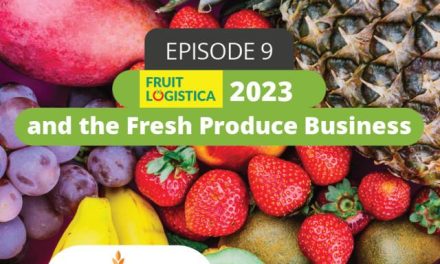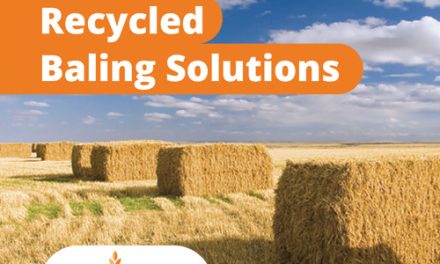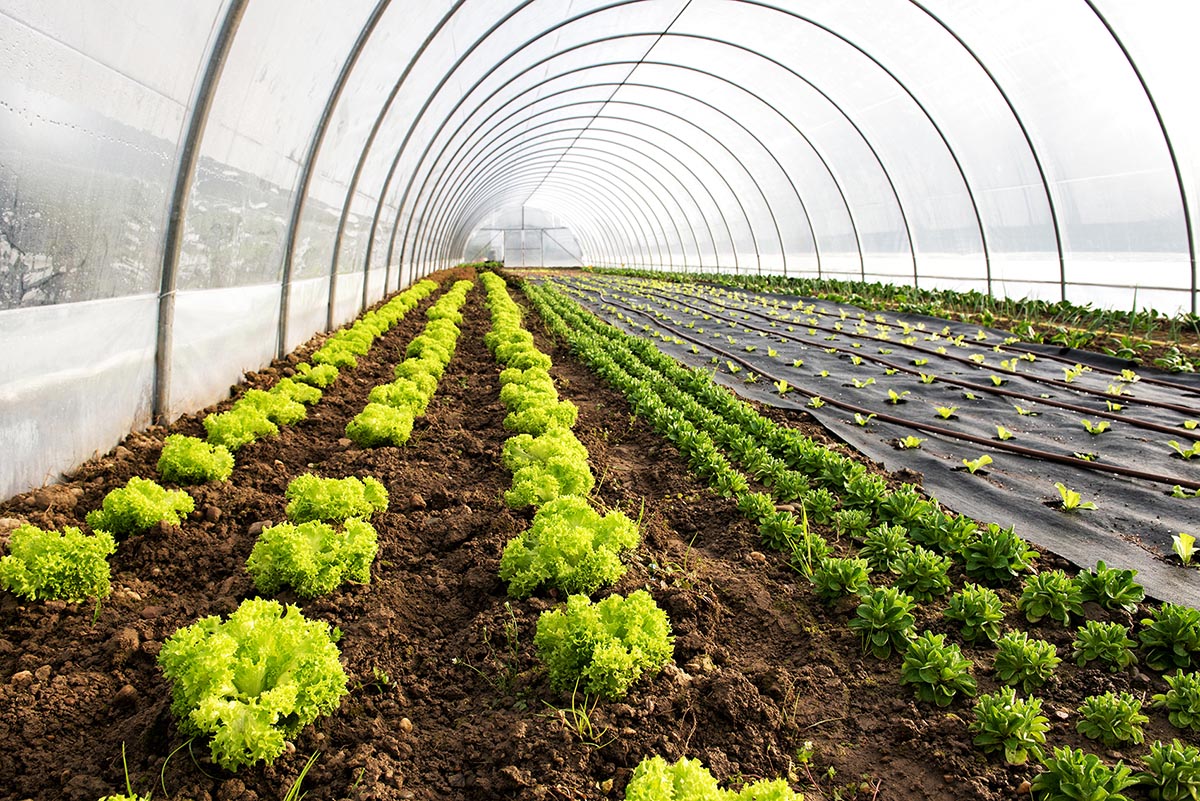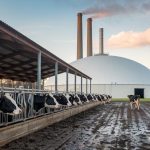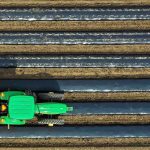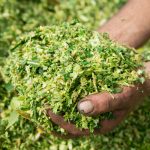
How do farmers find information and make purchases today?


The world of agricultural production has travelled through a series of transformations derived, to a large extent, from the innovations and the integration of new technological tools designed to facilitate the work in the field, without leaving aside the efficiency and with the goal of obtaining better results and greater profits.
While those who work the land are constantly looking for new alternatives to boost agriculture, recent research has revealed that many farmers, far from being completely satisfied, believe that the channels available to obtain information on new trends in the area, as well as the tools for acquiring raw materials, are not sufficiently focused on satisfying the true needs of the producer.
As a result, the need to put in motion some adjustments that will allow the creation of an omnichannel farmer has emerged. But do you know what that is all about? Next, we provide some clues to better understand this topic.
From the beginning of commercial agriculture until how we know it today, farmers have had several channels that, beyond selling their products, allow them to stay up-to-date regarding the new trends in the agricultural market, innovations in terms of seeds and crops as well as short-term and long-term projects that are being developed to offer better products. However, most farmers feel that they are not getting what they want since the experiences offered by most agricultural suppliers, from precision software to seeds and equipment, are not up to date.
Main study insights regarding omnichannel farmers
According to a survey by McKinsey where more than 700 farmers in the United States participated, it is common for farmers to use several channels such as retail stores, representatives in person and websites when it comes to making purchases. However, on many occasions, not being able to have access to the proper experience at the right time, along with limited mobile functionality, has led to them feeling dissatisfied.
Considering this context, a new business opportunity is being generated for these established companies that have significant advantages, including long-term relationships and deep knowledge of the agricultural industry. Since competition is likely to intensify, they must take advantage of these strengths while they create an environment favourable for the integrated omnichannel farmer that farmers want.
Within the agricultural world, we can find two very significant examples, farmers who prefer to use direct sales tools through agricultural suppliers and others who prefer to benefit from the services offered within a website. The idea of creating an omnichannel farmer is to unify these elements (human, digital and commercial) to open the path to a more complete business style, that is balanced and adapted to the immediacy and needs of agricultural producers.
Preferences when it comes to purchases and information searches according to a study of the industry
According to McKinsey, some farmers may depend more on one channel than on another as they move forward in the decision process of the customer. There are farmers who are currently leaning more towards making their orders and other operations online as a way to be more up-to-date regarding the tools they are using and the new trends, while there is a large percentage that prefers to get personalized attention through a supplier.
The use of digital technology gives farmers the impression that their searches are more immediate and simpler to perform, having some mobile device handy or a computer perhaps, allows them to save time and avoid going a long distance to receive a product.
Human interactions still have a high level of importance, and this can be evidenced in the fact that 67 percent of farmers resort to representatives and distributors during the initial purchase stage, and 78 percent prefer human-digital interactions when they have questions about the use and service of a product, according to data provided by McKinsey.
Regarding this topic, there is a detail that should be addressed with special care: although farmers have more opportunity to rely on sales reps to be able to talk to them and express their concerns, there is also a high degree of dissatisfaction when producers realize that these representatives don’t have detailed information or don’t seem to know the particulars of the individual farmer’s business.
When it comes to the digital aspect, it is necessary to improve the interfaces and applications available, since they turn into a burden when they don’t facilitate the work, because the tasks that can be solved in a short time end up taking twice as much time as it was stipulated.
McKinsey states that “Limited functionality is another complaint, especially compared with what farmers experience on other business-to-consumer mobile sites. Moreover, farmers say they would like to conduct more of their day-to-day business on just one streamlined device. Right now, they can’t. Our survey found that most have to use more than two devices—a combination of desktop, laptop, and mobile phone—to complete simple tasks.”
What should I consider in order to satisfy the needs of the industry?
The trend for the next few years is that more and more farmers will decide to rely on technological platforms, as long as those promise to improve their digital experiences, since this can encourage digital participation instead of human interaction. One of the alternatives that can be put into practice to give life to the omnichannel farmer is to create a unique device where they can handle all purchases and look for new suppliers of raw materials.
In the end, the request of many farmers is to feel that their requests are heard and considered as a way to significantly improve the tools available, while creating new alternatives to be able to offer better products and better services to consumers. Taking advantage of the increase in the number of people leaning towards the digital field that will take place in the short-term, it is necessary to create more gratifying and simpler experiences.


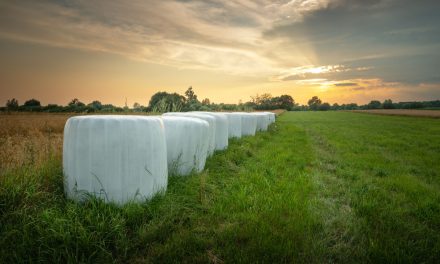
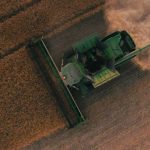

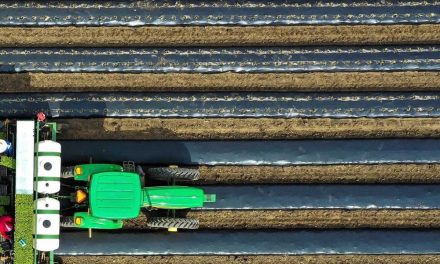



![[eBook Trends in Agriculture Plastics] Increasing use of biodegradable mulch](https://agriplasticscommunity.com/wp-content/uploads/550 × 310_2_ENG-440x264.png)
![[eBook Trends in Agriculture Plastics] Reducing the plastic used in the manufacture of agricultural films](https://agriplasticscommunity.com/wp-content/uploads/550 × 310_1_ENG-440x264.png)






